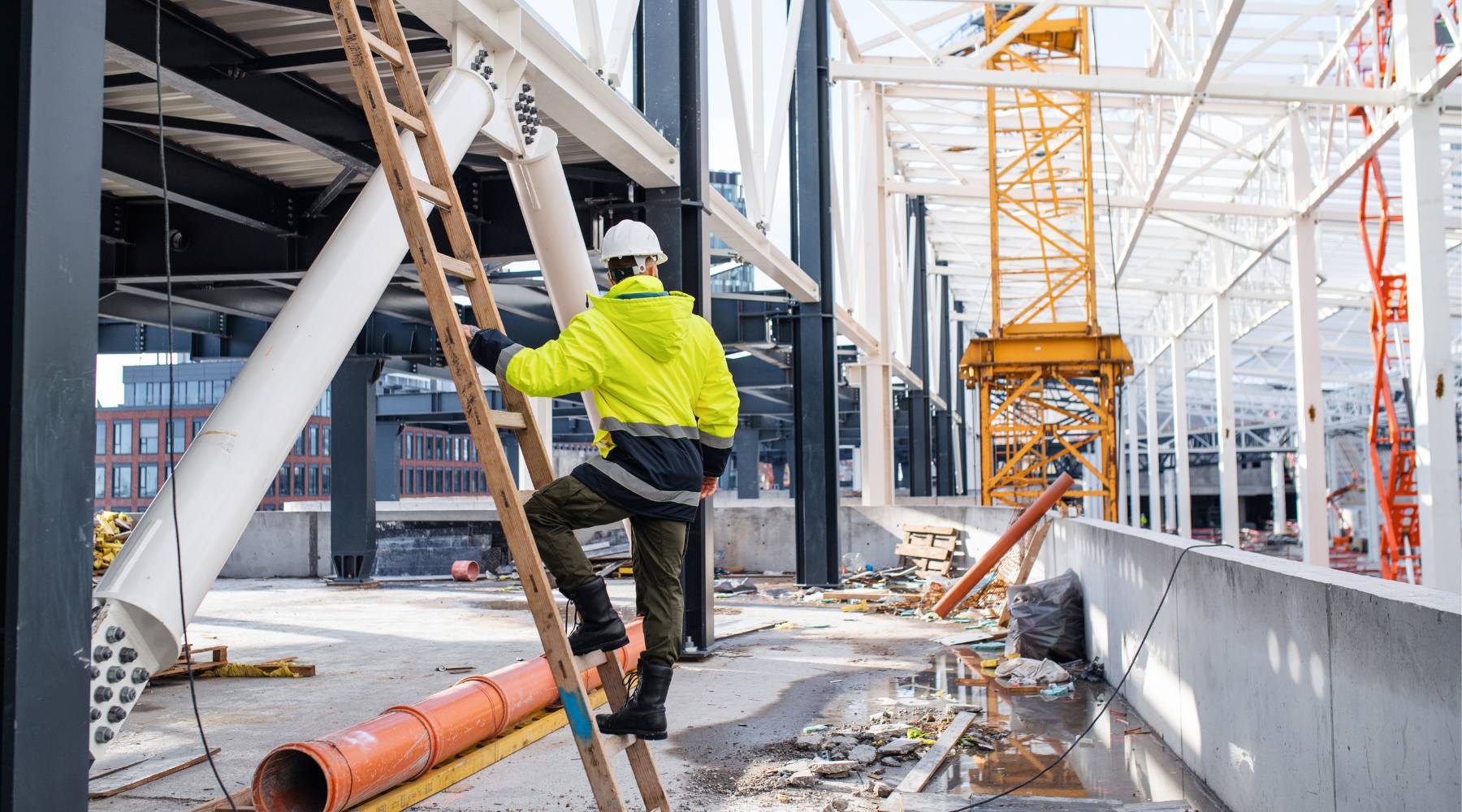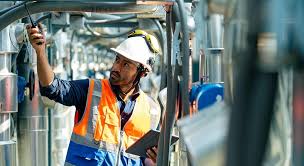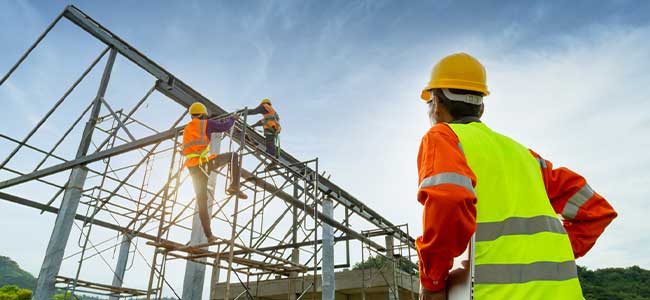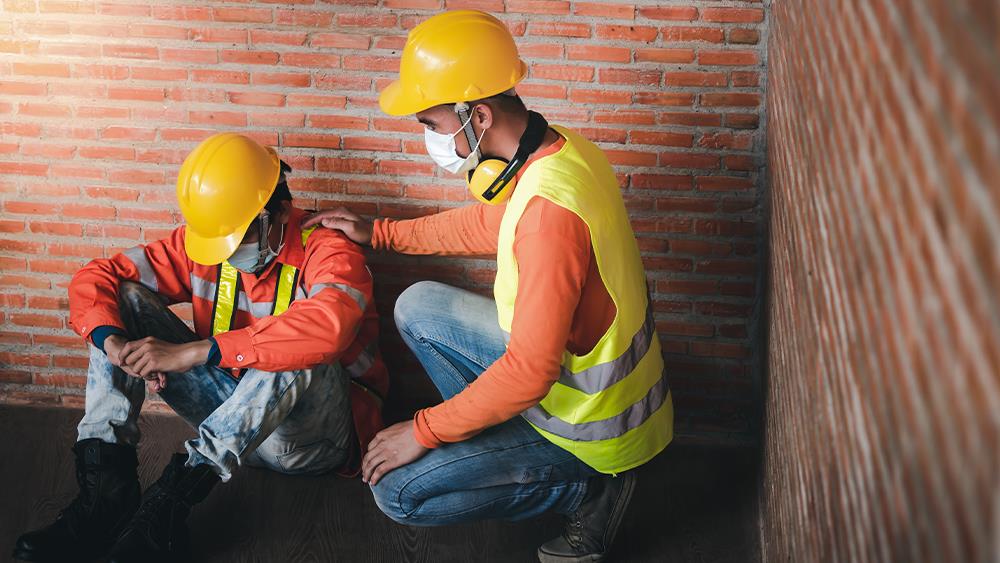Health and Safety: Electrical Safety in Construction - Prevent Hazards

Strong 8k brings an ultra-HD IPTV experience to your living room and your pocket.
Electrical Safety in Construction: Preventing Electrical Hazards on Site
Electrical hazards pose one of the most serious risks on construction sites. Whether it’s live wires, faulty equipment, or improper grounding, electrical accidents can lead to severe injuries or fatalities. With heavy machinery, power tools, and complex electrical systems on-site, ensuring electrical safety is crucial for workers' well-being. This article discusses the importance of electrical safety, how to identify potential hazards, and how to prevent accidents in construction environments.
The Importance of Electrical Safety on Construction Sites
Electrical safety is often overlooked until an accident occurs. However, the construction industry is a high-risk environment, where workers regularly handle electricity and electrical systems, sometimes without proper training or awareness. According to the Health and Safety Executive (HSE), electrical accidents cause significant injuries and even fatalities in the UK construction sector each year. The risks are not only physical—working with electricity without appropriate precautions can result in electrocution, burns, or fires.
Given the wide range of electrical equipment and power sources on construction sites, it’s essential to understand the potential hazards and how to mitigate them effectively. Compliance with electrical safety standards is not just about preventing accidents; it’s about creating a culture of safety and responsibility where workers understand the importance of safe practices.
Common Electrical Hazards on Construction Sites
Several electrical hazards are prevalent on construction sites. Recognizing and addressing these hazards before they result in accidents is essential for worker safety:
1. Exposed Wiring and Live Wires
Exposed or uncovered wires can easily become a hazard, especially in areas where workers might inadvertently come into contact with them. Live wires are especially dangerous and pose an electrocution risk if touched.
Prevention Tip: Always ensure that wires are properly insulated and, if temporary, clearly marked with warning signs. Any exposed wiring should be immediately covered or removed.
2. Faulty or Damaged Electrical Equipment
Construction sites often use a wide variety of electrical equipment, including drills, saws, and power tools. Over time, cables can become frayed, or connectors can be damaged, leading to electrical malfunctions that can shock or burn the user.
Prevention Tip: Regularly inspect electrical tools and machinery for damage. Replace or repair faulty equipment immediately, and never use equipment with exposed wiring or frayed cords.
3. Overloaded Circuits
Many construction projects require running several electrical tools or machines from the same power source. This can lead to overloading the circuit, which can cause overheating, fires, or explosions.
Prevention Tip: Use appropriately rated extension cords and outlets. Ensure that circuits are not overloaded by following manufacturer guidelines and checking the maximum capacity of power supplies.
4. Improper Grounding
Grounding electrical systems is crucial to prevent accidental electrocution. If electrical systems or equipment aren’t properly grounded, they can cause electrical shocks to workers when touched.
Prevention Tip: Ensure that all electrical equipment is grounded properly. Only qualified electricians should handle grounding procedures.
5. Weather Conditions and Electrical Safety
Weather conditions such as rain, snow, or high winds can increase the risks of electrical accidents on construction sites. Wet conditions, in particular, increase the risk of electrocution.
Prevention Tip: Always use weather-resistant electrical equipment and ensure that all power sources are adequately protected from the elements. Never use electrical equipment in wet conditions unless it is specifically designed for outdoor use.
Best Practices for Electrical Safety on Construction Sites
Preventing electrical hazards on construction sites requires proactive measures. The following best practices can help reduce the risks and ensure the safety of workers:
1. Training and Awareness
Proper training is critical for electrical safety. All workers, including those who are not directly involved in electrical work, should be educated on potential hazards, safety measures, and emergency protocols. This includes understanding how to handle electrical tools safely, what to do in case of an electrical accident, and recognizing unsafe practices.
Health and Safety Hertfordshire offers specialized training programs on electrical safety that ensure workers are aware of the dangers and know how to handle electrical equipment safely.
2. Use of Personal Protective Equipment (PPE)
Personal protective equipment (PPE) plays a significant role in electrical safety. Items such as rubber gloves, insulating mats, and rubber-soled shoes can protect workers from electrical shocks.
Prevention Tip: Workers should wear appropriate PPE when working with electrical systems. This includes insulating gloves, safety boots with rubber soles, and safety goggles when necessary.
3. Regular Inspections and Maintenance
Electrical systems and tools should be inspected regularly for wear and tear. Any equipment that is faulty or damaged should be repaired or replaced immediately to prevent accidents. A routine inspection schedule should be established to check the status of electrical equipment.
Prevention Tip: Assign qualified electricians to perform regular electrical inspections and ensure that everything is in proper working order.
4. Lockout/Tagout Procedures
Lockout/tagout (LOTO) procedures are designed to prevent electrical equipment from being accidentally turned on during maintenance. Workers should always follow LOTO procedures when working on electrical systems or equipment.
Prevention Tip: Before beginning any electrical work, ensure that the equipment is properly locked out and tagged to prevent accidental energization.
5. Follow Electrical Codes and Regulations
All electrical installations and practices should comply with the relevant electrical codes and regulations. In the UK, this includes compliance with the National Electrical Code (NEC), which outlines safety standards for electrical installations in construction and industrial settings.
Prevention Tip: Employers should ensure that all electrical work complies with local electrical codes and is inspected by qualified personnel.
Creating a Culture of Electrical Safety
Incorporating electrical safety into the culture of a construction site is vital. Workers should feel empowered to report potential hazards without fear of retribution. This proactive approach will help reduce the risk of electrical accidents and foster a safer environment for everyone on-site.
For construction companies in Health and Safety Hertfordshire, integrating electrical safety into overall health and safety programs ensures that workers receive proper training and understand the importance of safe electrical practices. Providing a structured approach to electrical safety helps companies stay compliant with health and safety regulations and prevent costly accidents.
Conclusion
Electrical hazards are one of the most serious risks on construction sites, but they are entirely preventable with the right approach. By identifying potential electrical hazards, implementing best practices, and ensuring proper training, construction companies can create safer work environments. Through collaboration with Health and Safety Hertfordshire and following industry standards, employers can protect their workers from electrical dangers, ensuring that every worker returns home safely each day.
Note: IndiBlogHub features both user-submitted and editorial content. We do not verify third-party contributions. Read our Disclaimer and Privacy Policyfor details.







